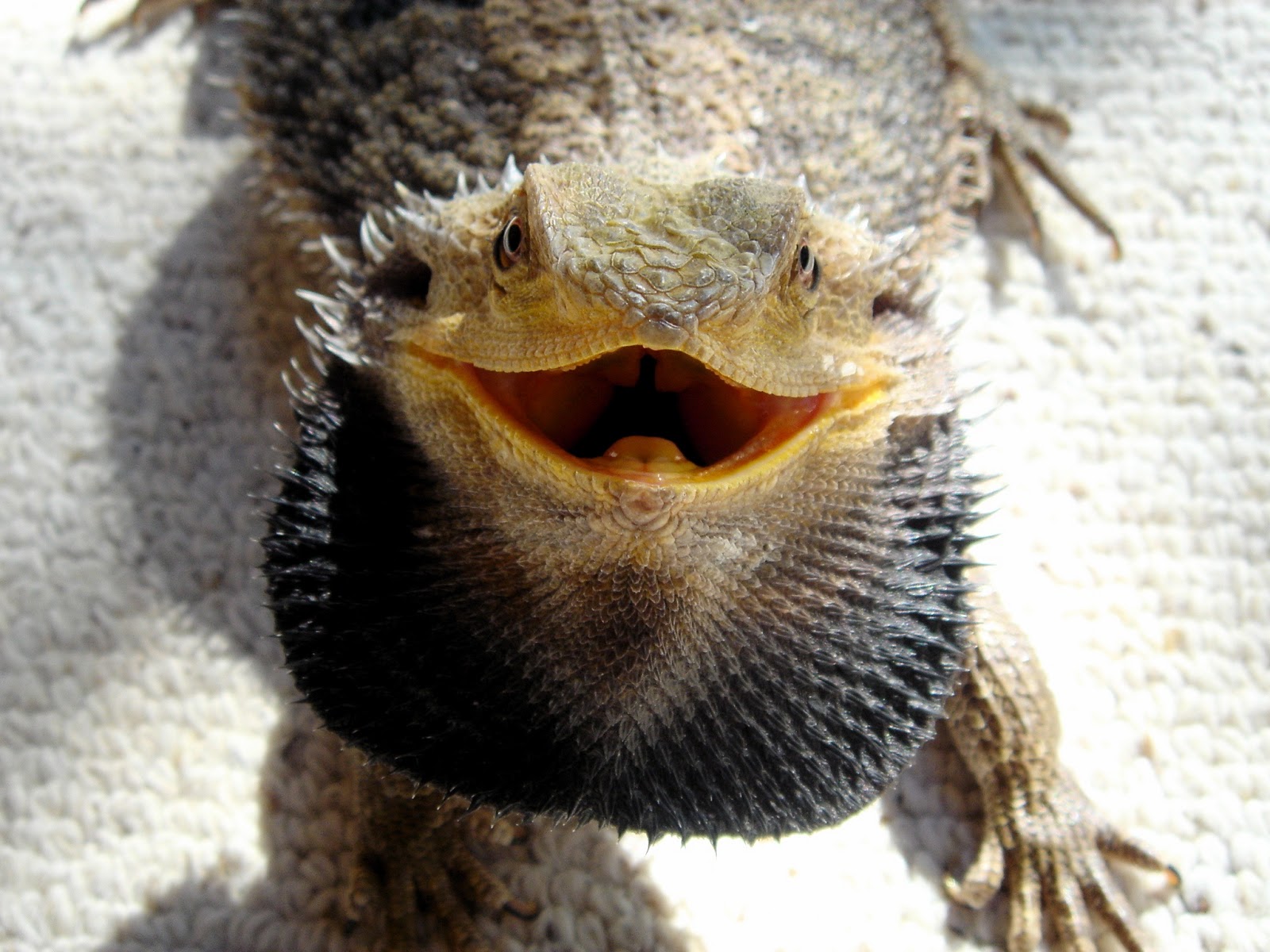Creating the Ultimate Homemade Bearded Dragon Habitat: A Beginner’s Guide
Meet Your New Bearded Dragon
So, you’ve decided to bring home a bearded dragon. Congratulations! These reptiles make great pets for both beginners and experienced pet owners alike. But before you bring your new friend home, you need to make sure they have a comfortable and safe place to call home. While there are many commercially available habitats, creating your own homemade bearded dragon habitat can be a fulfilling and fun project.
Why Create a Homemade Bearded Dragon Habitat?
There are many benefits to creating a homemade habitat for your bearded dragon. First and foremost, you have complete control over the materials and design, ensuring that your pet is safe and comfortable. Additionally, a homemade habitat can be more cost-effective than commercial options, allowing you to invest more in your dragon’s food and care.
Designing Your Habitat
When designing your homemade bearded dragon habitat, there are several key factors to consider. These include:
- Size: Your habitat should be at least 40 gallons for one bearded dragon, with an additional 20 gallons for each additional dragon. This ensures that your pet has plenty of space to move around and exercise.
- Lighting: Bearded dragons require specific lighting to thrive, including both UVB and basking lights. Make sure you have the appropriate fixtures and bulbs for your dragon’s needs.
- Substrate: Choose a substrate that is safe and easy to clean. Avoid sand or loose substrates that can be ingested and cause impaction.
- Furniture: Your habitat should include furniture for climbing and hiding, such as rocks, branches, and a hide box.
Materials
Once you’ve determined the basic design of your habitat, it’s time to gather materials. Depending on your design, you may need:
- Aquarium or Terrarium: depending on your design, you may choose a glass or plastic container
- Screen Lid: to provide adequate ventilation
- Light fixtures: for UVB and basking lights
- Substrate: such as reptile carpet or ceramic tile
- Furniture: including rocks, branches, and hide boxes
- Thermometer and humidity gauge: to ensure optimal temperature and humidity levels
- Cleaning supplies: such as a reptile-safe disinfectant and paper towels
Putting it All Together
Now that you have your design and materials, it’s time to put it all together. This may involve cutting and sealing materials, installing and mounting light fixtures, and arranging furniture. It’s important to take your time and ensure that everything is securely in place before introducing your bearded dragon to their new home.
Ongoing Care
Once your bearded dragon is settled in their new habitat, it’s important to provide ongoing care to keep them healthy and happy. This includes:
- Feeding: Bearded dragons require a varied diet consisting of insects, vegetables, and fruit. Consult with a veterinarian to determine the appropriate diet and feeding schedule for your dragon.
- Cleaning: Regularly clean and disinfect your bearded dragon’s habitat to prevent the growth of harmful bacteria.
- Observation: Watch your bearded dragon for any signs of illness or injury, and seek veterinary care if necessary.
- Environmental monitoring: Continuously monitor temperature and humidity levels to ensure that they are within appropriate ranges for your dragon’s health.
Conclusion
Creating a homemade bearded dragon habitat can be a rewarding experience for both you and your pet. By following these guidelines and providing ongoing care, your dragon is sure to thrive in their new home.










